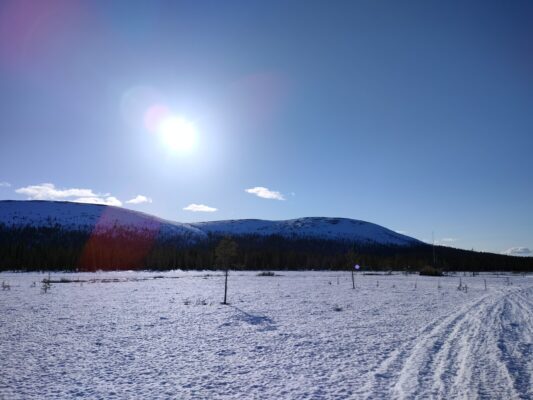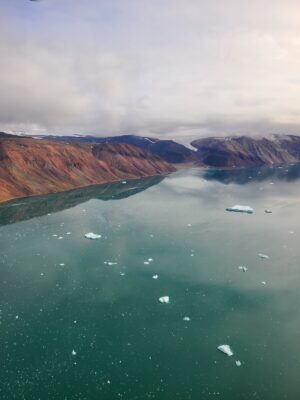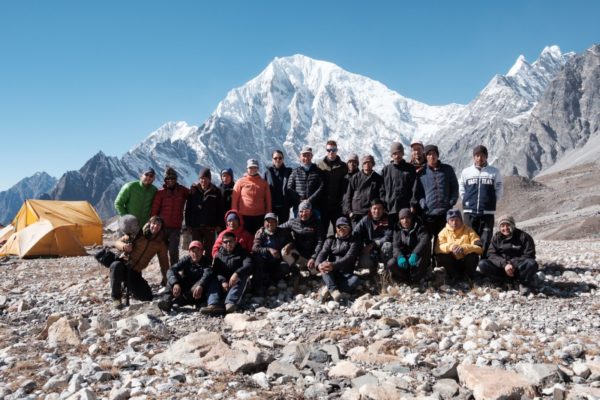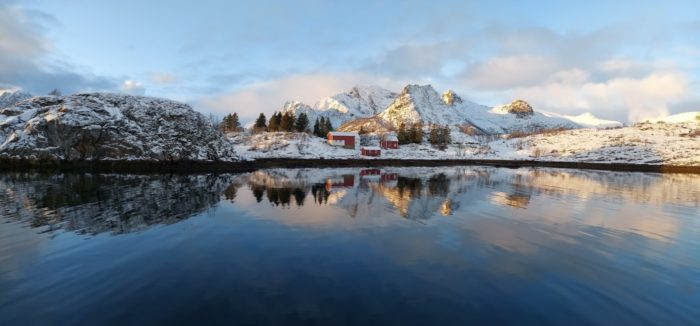We know that climate change is affecting many aspects of what we have considered “stable” throughout a long period of modern times. One of many impacted and changing factors is snow and thereby also snow meltwater. One way to study meltwater is to trace it by the usage of stable water isotope signals and we plan to use it by asking: Are we underestimating the portions of snow meltwater in differen ...[Read More]
UndercoverEisAgenten – Permafrost, drones and young explorers investigating Arctic change
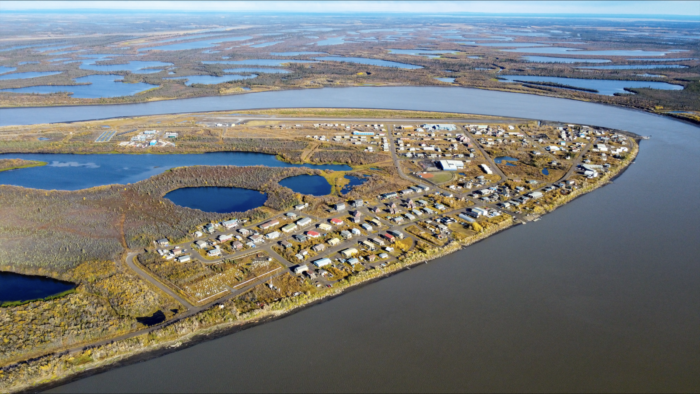
The “UndercoverEisAgenten” project takes us on a drone journey over the ever-changing permafrost landscapes. Initiated by the Alfred Wegener Institute (AWI) for Polar and Marine Research, the German Aerospace Center’s (DLR) Institute of Data Science, and the Heidelberg Institute for Geoinformation Technology (HeiGIT), this venture is about more than just capturing images. It̵ ...[Read More]
The search for the Antarctic giants!
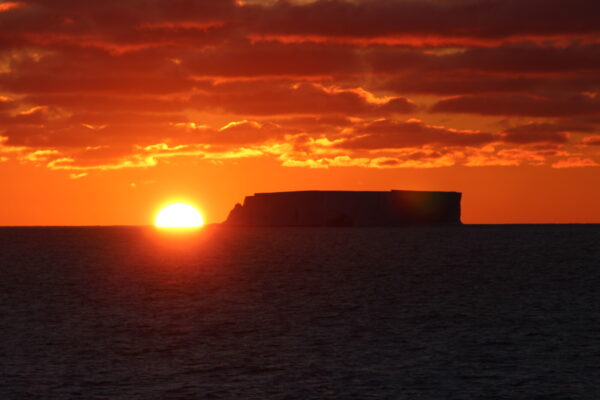
The deep Southern Ocean is full of giants! Some of them scared the sailors for centuries, like the colossal squid or, as they called it, The Kraken. They thought it was a huge monster capable of sinking ships! Far from it, these giants ran away from us, and we still know very little about them! They live in depths where the light cannot penetrate, the largest ecosystem on Earth, the Deep-Sea! They ...[Read More]
Looking for the Window during Fieldwork
Arctic fieldwork is a meticulous dance with the ever-fickle weather, where nature’s temperament can determine the course of scientific endeavors. Rain or fog can swiftly put a halt to even the most well-laid plans. This holds true for Greenland, where proximity to the ice cap doesn’t shield researchers from the capriciousness of the climate. In August 2023, the Deep Purple ERC Project ...[Read More]
Quantifying the experience: Himalayan fieldwork in numbers
The Himalayas are Big. But how Big is the fieldwork experience? What is behind all the mountain field data and beautiful mountain pictures? 40 preparation emails, 110 km of hiking, 170 kg of gear and 25 people in the team. We try to put some numbers on the experience we had during the Langtang, Nepal Himalaya expedition in November 2022. Behind the scenes Remote mountain fieldwork can be quite an ...[Read More]
Arctic Frontiers Emerging Leaders
Here on the Cryoblog we often talk about the impacts of climate change in the Cryosphere. So now for something completely different: how does this fit into sustainable development in the Arctic? Here, I take you on a journey through the Arctic in a round-up of the recent Arctic Frontiers Emerging Leaders program, a unique early-career and mentoring program bringing together academic, industry, ind ...[Read More]
Fun Cryo Facts – Don’t eat brown snow
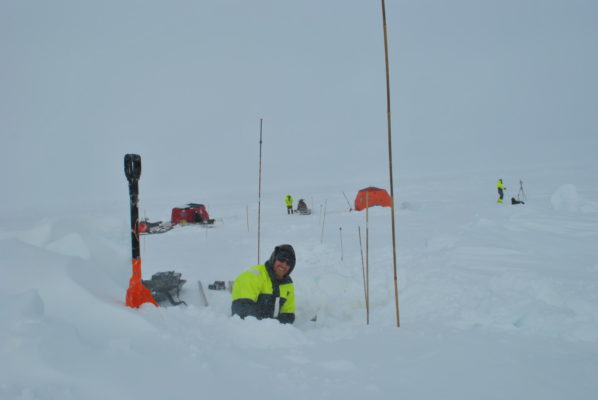
Scientist are curious people and we all know that the best discoveries happen by chance, so we always keep our eyes open for the unusual, the new, and the weird things in life. Especially, when we are out in the Arctic doing field work and find unknown brown layers… An unexpected discovery We were out in the Arctic, somewhere Northeast of Svalbard. It was a sunny day and we had just docked t ...[Read More]
Discover the CordillerICE project!
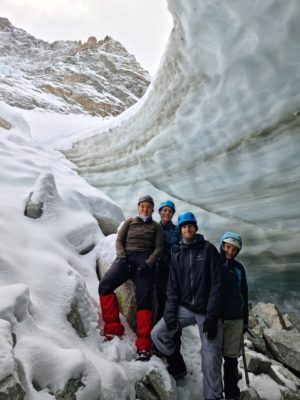
In high-school, I learned in a textbook that glaciers are melting. My teacher said that what was written in that textbook was right, and that was it. There was no proof, no explanation, no scientist’s testimony. All of that, I discovered much later during my studies in the geosciences. Yet as the global temperatures keep rising, and our politicians apply rigorously the “keep calm and carry on” mod ...[Read More]
Cryo Adventures – Installing a weather station on the Greenland Ice Sheet
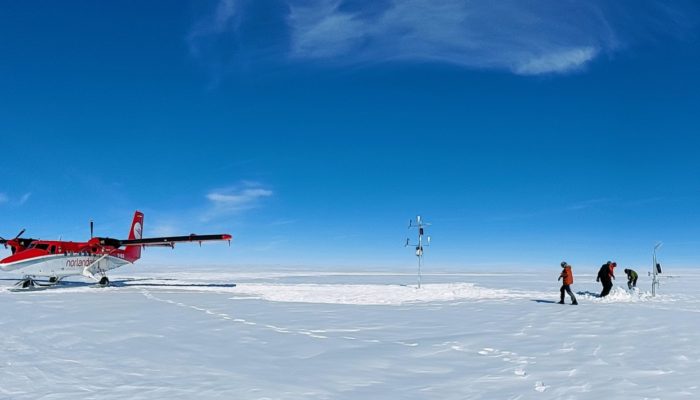
Soaking up the sun and recharging batteries on a peaceful and quiet summer day, or fighting to stay upright during extreme snow storms in the middle of winter, while continuously recording valuable air temperature, pressure, wind-speed and so much more – such is the life of an automatic weather station on the Greenland ice sheet. Even though they are so remote, sitting by themselves surround ...[Read More]
Cryo Adventures – Droning on glaciers and ice caps in Kyrgyzstan
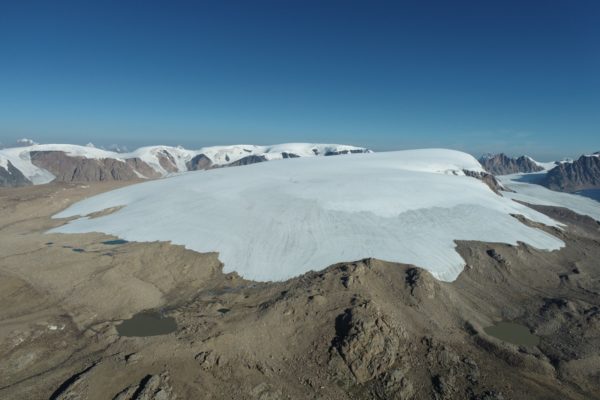
Drones are not only a cool toy to play with. They are also a useful instrument to monitor and study glaciers and ice caps. By taking thousands of images flying above the ice, we can make 3D models of ice masses at centimetre resolution. Using drones, we can now survey small to medium sized glaciers and ice caps in unprecedented detail. In recent years, we have conducted several surveys on glaciers ...[Read More]

